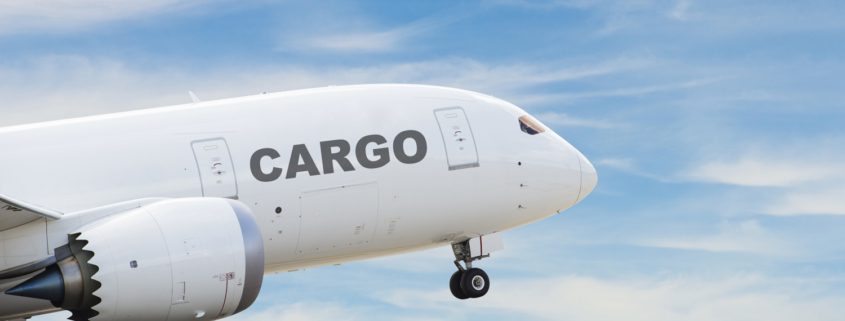Supply Chain Agility in a Shifting Global Freight Market
Executive Summary
As global shipping patterns shift in response to economic, regulatory, and geopolitical factors, supply chain leaders must reassess their freight strategies. Ocean and air freight markets are displaying contradictory trends — ocean capacity remains stable, while air cargo pricing rises due to urgency-driven demand. For pharmaceutical and biotech manufacturers operating in a highly regulated space, adapting to these freight fluctuations is essential to avoid delays, stockouts, and compliance violations.
This white paper explores how logistics agility, cost visibility, and flexible transportation options can help companies mitigate risk and build a more resilient logistics strategy in 2025 and beyond.
Global Ocean Freight Trends: Stable Capacity, Shifting Demand
The April 2025 LogisticsPulse report highlights that ocean freight capacity remains balanced across all major trade lanes. However, pricing remains volatile, influenced by geopolitical unrest and rerouted traffic around the Red Sea. The Drewry World Container Index showed rates were down 25% year-over-year by mid-March, but this drop may be temporary as global capacity tightens heading into peak season.
Implication: Pharmaceutical and biotech firms relying on consistent maritime transport should secure space early and plan for contingencies, particularly for temperature-sensitive or high-value materials.
Air Freight: Costs Rise as Tariff Concerns Accelerate Shipments
Air cargo spot rates surged 8% year-over-year in Week 10 of 2025, while overall volume increased just 2%. This indicates strategic use of airfreight for critical or high-margin goods. Many U.S. importers are expediting inventory ahead of tariff implementation deadlines, contributing to the spike.
Implication: While airfreight offers speed and reliability, especially for biologics and clinical trial materials, the rising costs require better forecasting, route optimization, and alternative supplier planning.
Strategic Response: Building an Agile Freight Strategy
To stay ahead of these trends, manufacturers must:
- Diversify Modes: Balance ocean and air freight based on lead time and value of goods.
- Monitor Tariff Timelines: Understand how upcoming changes (e.g., China-linked port fees, reciprocal tariffs) could alter delivery costs.
- Leverage Regional Hubs: Use bonded and temperature-controlled storage near U.S. ports to streamline customs clearance and reduce delivery times.
- Use Real-Time Visibility Tools: Track cargo movement and environmental conditions to ensure compliance, especially for temperature-controlled goods.
How Euro-American Helps Navigate the Freight Landscape
At Euro-American Worldwide Logistics, we provide clients in the life sciences, pharmaceutical, and biotech industries with tailored multimodal transportation solutions, bonded warehouse facilities, and certified Customs Brokerage services. Our deep expertise and 24/7 monitoring ensure your cargo remains compliant, secure, and on schedule.
Our Worcester facility near Boston provides cGMP-compliant warehousing, while our in-house brokerage team manages global documentation, duty classification, and tariff advisory with precision.
Let’s Talk About Your Freight Strategy
Don’t let volatile shipping markets derail your operations. Contact Euro-American Worldwide Logistics to discuss how we can improve cost control, customs compliance, and freight reliability across your global supply chain.
References
Drewry World Container Index. (2025, March). Weekly container shipping report.
LogisticsPulse. (2025, April). Monthly Briefing. Retrieved from logisticsplus.com



